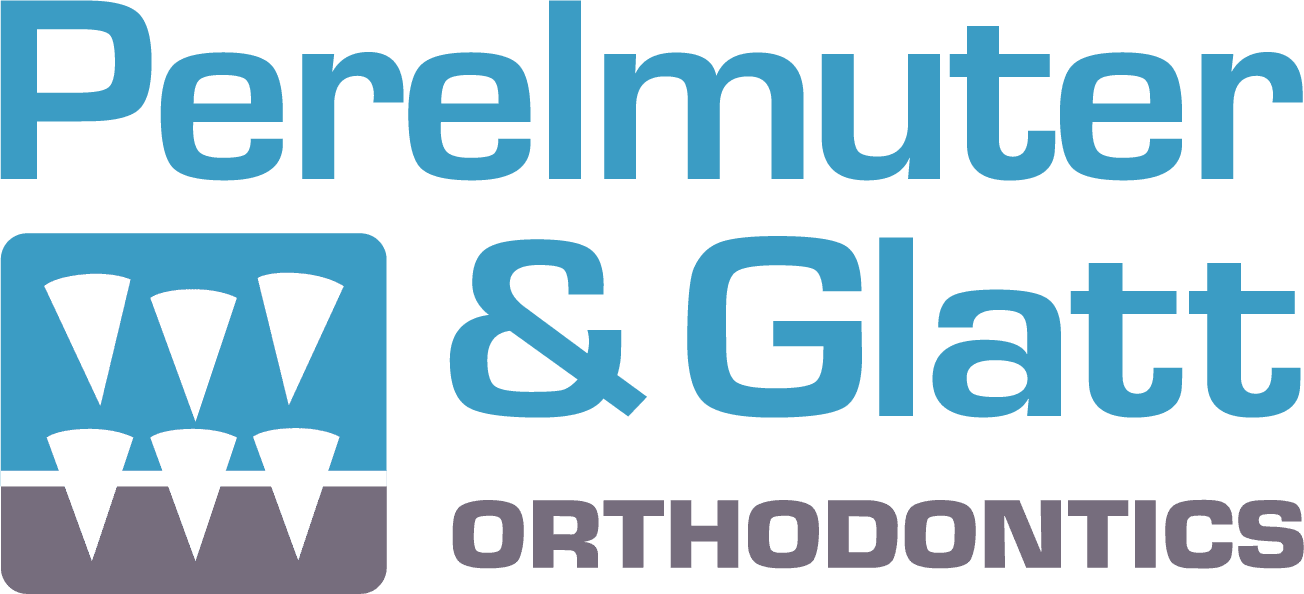While you might guess that orthodontics is a modern breakthrough in the realm of oral care, it turns out that early practices date back as far as the ancient Egyptians!
From the earliest days of orthodontics, Egyptians, Greeks, Etruscans and Romans all had their own best practices for straightening teeth. From crude metal bands tied to catgut to provide pressure, and even gold bands used to preserve position of teeth after death, archaeologists have uncovered many clues that prove that the ancient world may have more similarities to modern day orthodontics than we knew.
Some of the earliest braces designs uncovered by archaeologists on Ancient Egyptian mummies
Here’s a timeline to show you how orthodontics has progressed from ancient times to modern day:
17th Century:
-Dental impressions begin using wax followed by plaster.
18th Century:
-Pierre Fauchard invents the bandeau, a horseshoe-shaped strip of metal containting regularly spaced holes that fit around the teeth to correct alignment.
-Christope-François Delabarre begins separating overcrowded teeth using swelling threads or wooden wedges between each space.
19th Century:
-In 1822, Amercian J.S. Gunnell invents the occipital anchorage, a form of headgear that fastens to the jaw from the outside of the mouth to exert gentle pressure on the teeth.
-In 1840, Chapin A. Harris publishes the first classic book on dentistry, “The Dental Art,” which included methods like soldering knobs on bans to assist with tooth rotation, and applying gold caps to molars to open the dental bite.
-In 1846, E.G. Tucker becomes the first American dentist to use rubber in orthodontic appliances.
20th Century:
-Edward Hartley Angle, the Father of Modern Orthodontics, identifies the true properties of a malocclusion, or misalignment, and addresses the problem with an increasingly effective set of orthodontic appliances.
-In the 1970s, dental adhesives replace the practice of winding wires around each tooth. Meanwhile, stainless steel replaces gold and silver as the popular choice for wires, making more affordable.
-Also in the 1970s, lingual braces, which run along the teeth’s inside surfaces, were introduced to address the aesthetic concerns we have today.
21st Century:
-NASA develops a heat-activated nickel-titanium alloy wire that moves teeth when wires reach mouth temperature and is more durable and effective than stainless steel.
-Colored rubber bands become a fashion accessory during braces .
-Improvements in computer software continue to make more efficient and comfortable.
As you can see, the practice of orthodontics has a long and proud history. And at Perelmuter & Goldberg, we’re proud to make our patients our top priority! If there’s any way we can make your experience more efficient or more comfortable, please let us know. Our favorite part of your ’s timeline is the beautiful smile you achieve!
Sources: DentistryIQ.com & Colgate.com
January 21st, 2016

